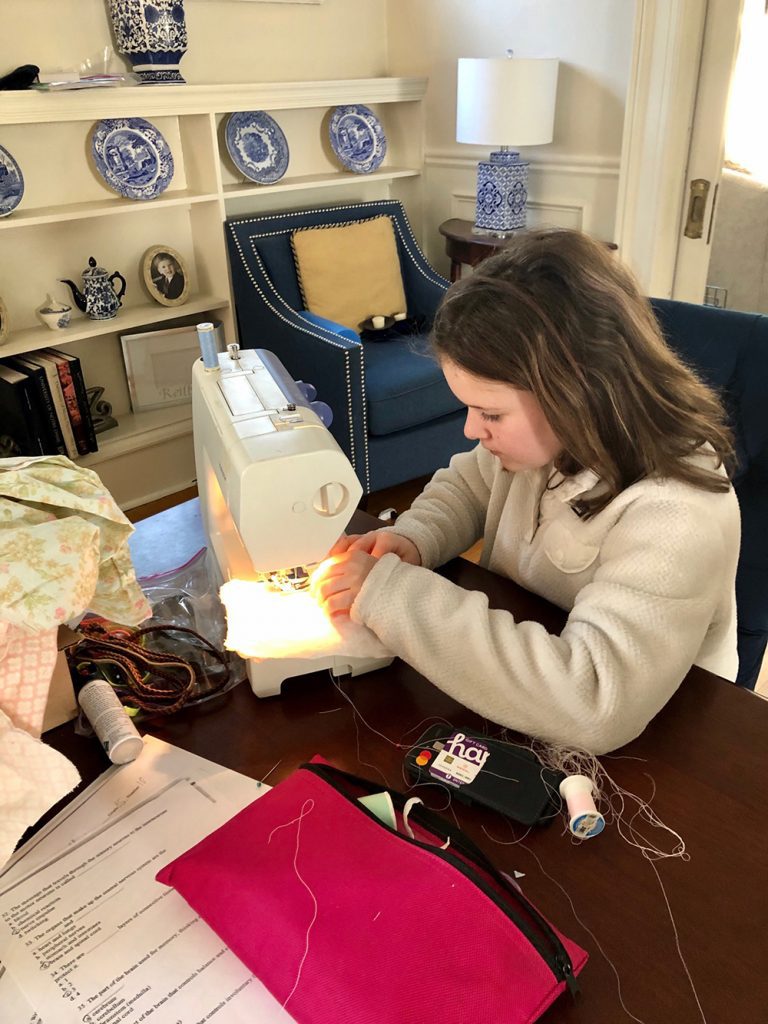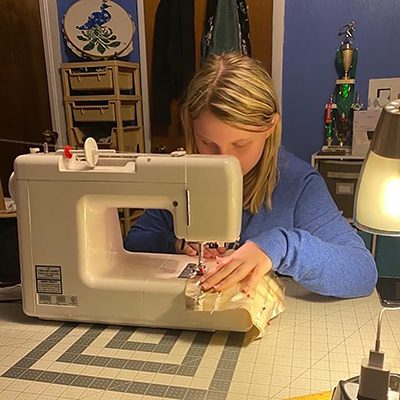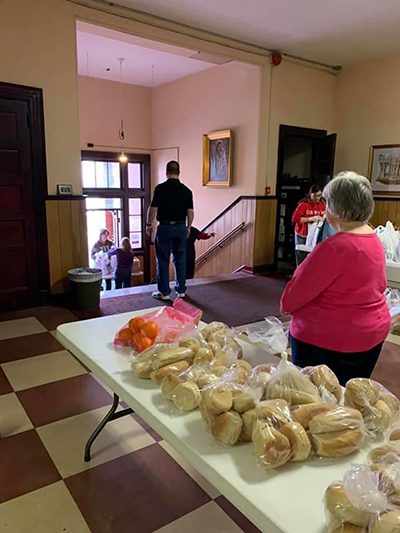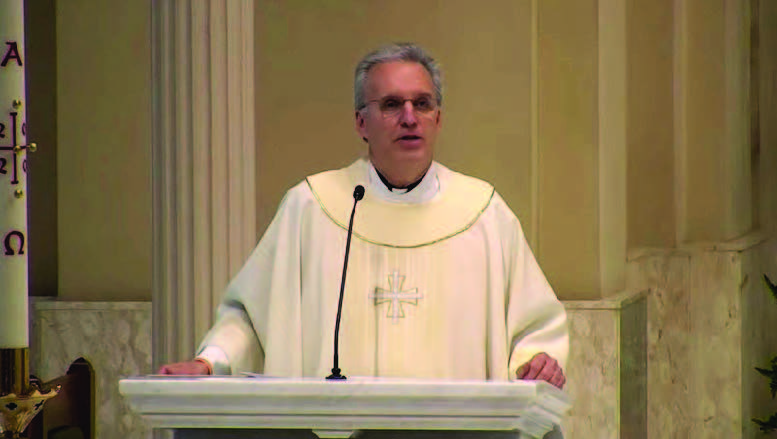 “God is calling, even in the midst of a global pandemic.”
“God is calling, even in the midst of a global pandemic.”
SCRANTON – On the Fourth Sunday of Easter, May 3, 2020, the Diocese of Scranton celebrated World Day of Prayer for Vocations. Following the call of our Holy Father, Pope Francis, Catholics were encouraged to intercede for vocations to the priesthood and religious life. Father Don Williams, Diocesan Director of Vocations & Seminarians, celebrated the weekend Mass with Bishop Joseph C. Bambera at the Cathedral of Saint Peter. The annual celebration usually brings together hundreds of faithful, including many young people. This year, due to the coronavirus, the Mass was celebrated virtually and broadcast on CTV: Catholic Television. During his homily, Father Williams first spoke about the hope that he sees, even during all the pain and difficulty associated with social distancing during the COVID-19 pandemic.
“If we reflect on a deeper level, I’m sure we could also acknowledge that something very wonderful is happening in the midst of this hardship and difficulty. Many of the young people that I have been connecting with over the past several weeks have come to say our families are spending more time together now than ever. We enjoy family meals, we’re playing board games, we’re watching movies, older siblings are helping their younger brothers and sisters with homework and they’re just hanging out,” Father Williams said. At this time, Father Williams said he has also seen many young people taking more time to reflect and be quiet.
“How many of you have had a deep hunger for the Eucharist, coming to appreciate this gift that perhaps at times we may have taken for granted? I’ve noticed many young adults thinking critically these days. They’re asking the bigger questions.
They’re making time to truly discern. We have many wonderful young people who connect each week through video conferencing groups, asking questions, praying, understanding the tools for spiritual discernment,” he added. Explaining that the Diocese of Scranton is blessed with many good men and women in formation with various religious communities, Father Williams said more are always needed to join in mission and ministry.
“God is calling, even in the midst of a global pandemic,” he said. Father Williams asked the people of the Diocese of Scranton to do four things: pray, affirm, encourage and invite. “If you have come across a young person, who you believe has the gifts to serve, affirm what you have seen. Call them by name,” Father Williams said, pointing to a recent study that shows 89-percent of individuals being ordained this year were personally invited by someone.
“Give God permission. Keep God at the center of your life. Give God permission to speak to your heart and enlighten your mind.” Other tenants of the World Day of Prayer for Vocations include praying for the priests who minister and praying a rosary for more young men and women to respond to God’s call.
“If this pandemic has taught us anything, it is simply this: how fragile life is, how important we are to each other, and how important it is to think beyond ourselves and to live generously, faithfully, selflessly so that we might make a difference for good in our Church and in our world.

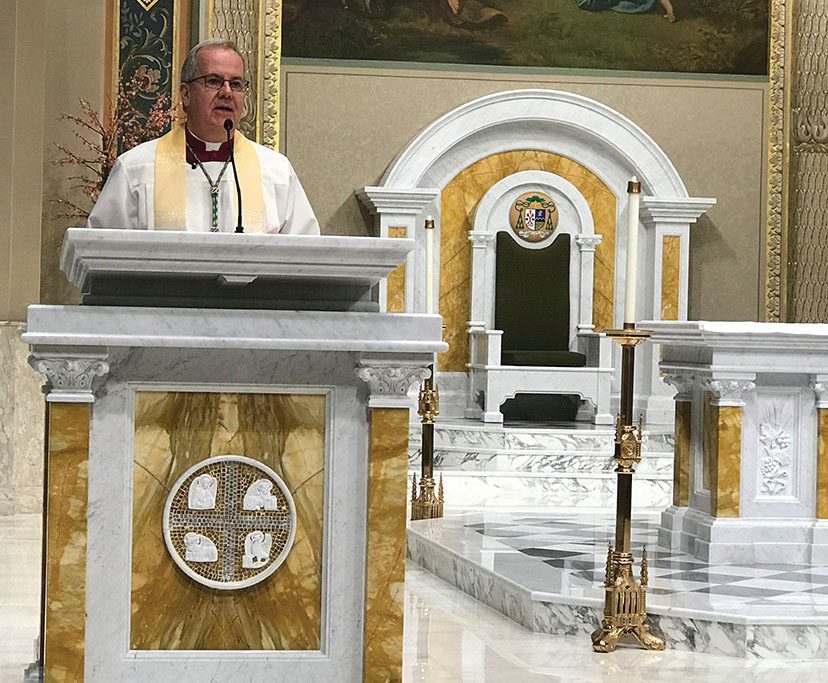

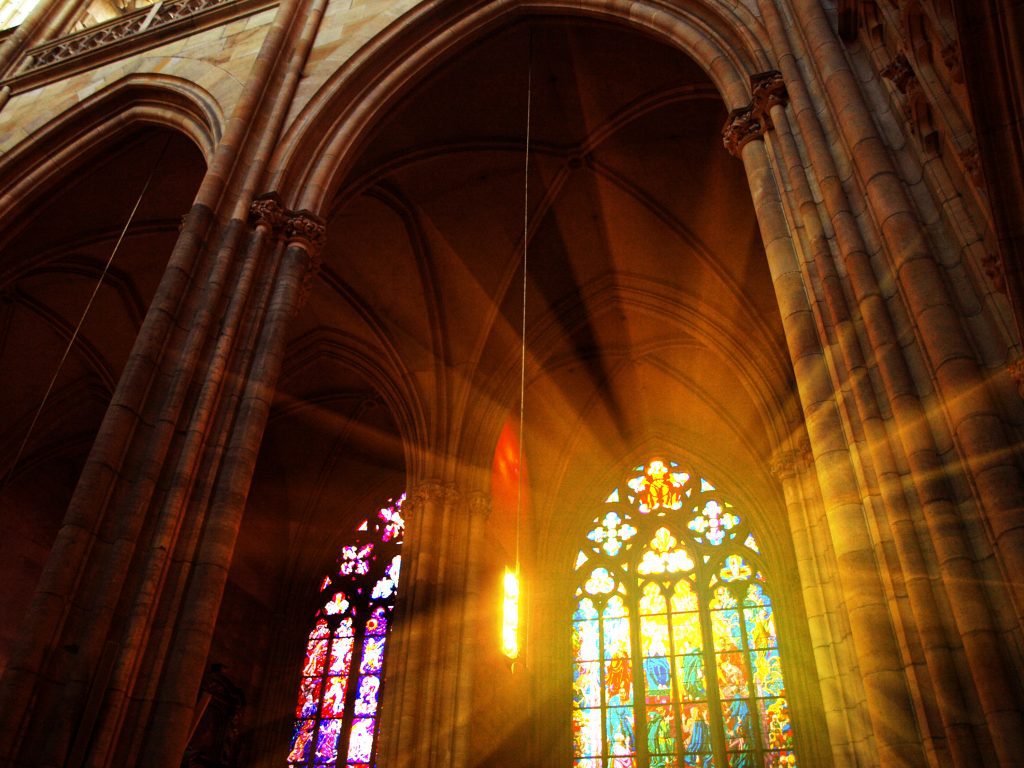
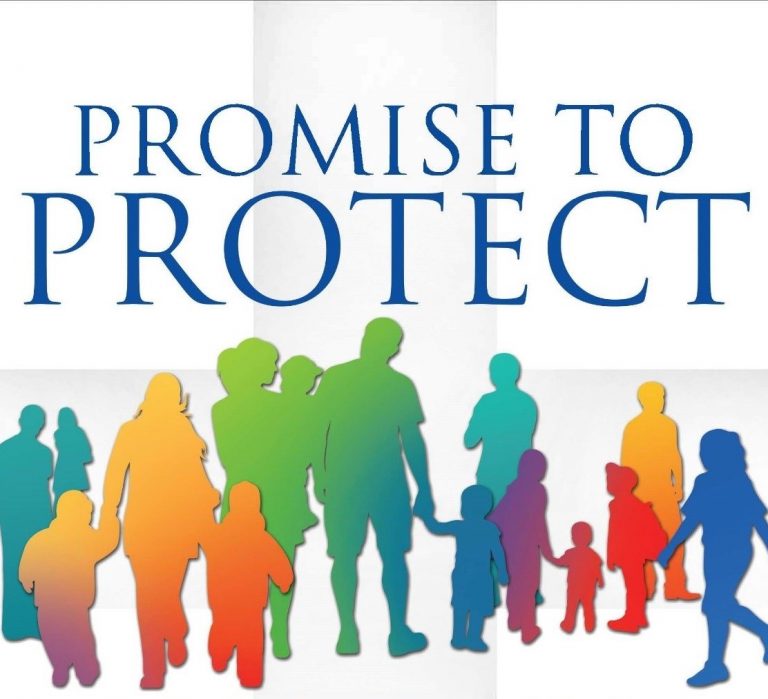 I begin this message with a wish for continued safety and good health. In these incredible times we are obligated to focus on this immediate crisis. But with God’s help we will slowly resume some sense of normalcy.
I begin this message with a wish for continued safety and good health. In these incredible times we are obligated to focus on this immediate crisis. But with God’s help we will slowly resume some sense of normalcy.

